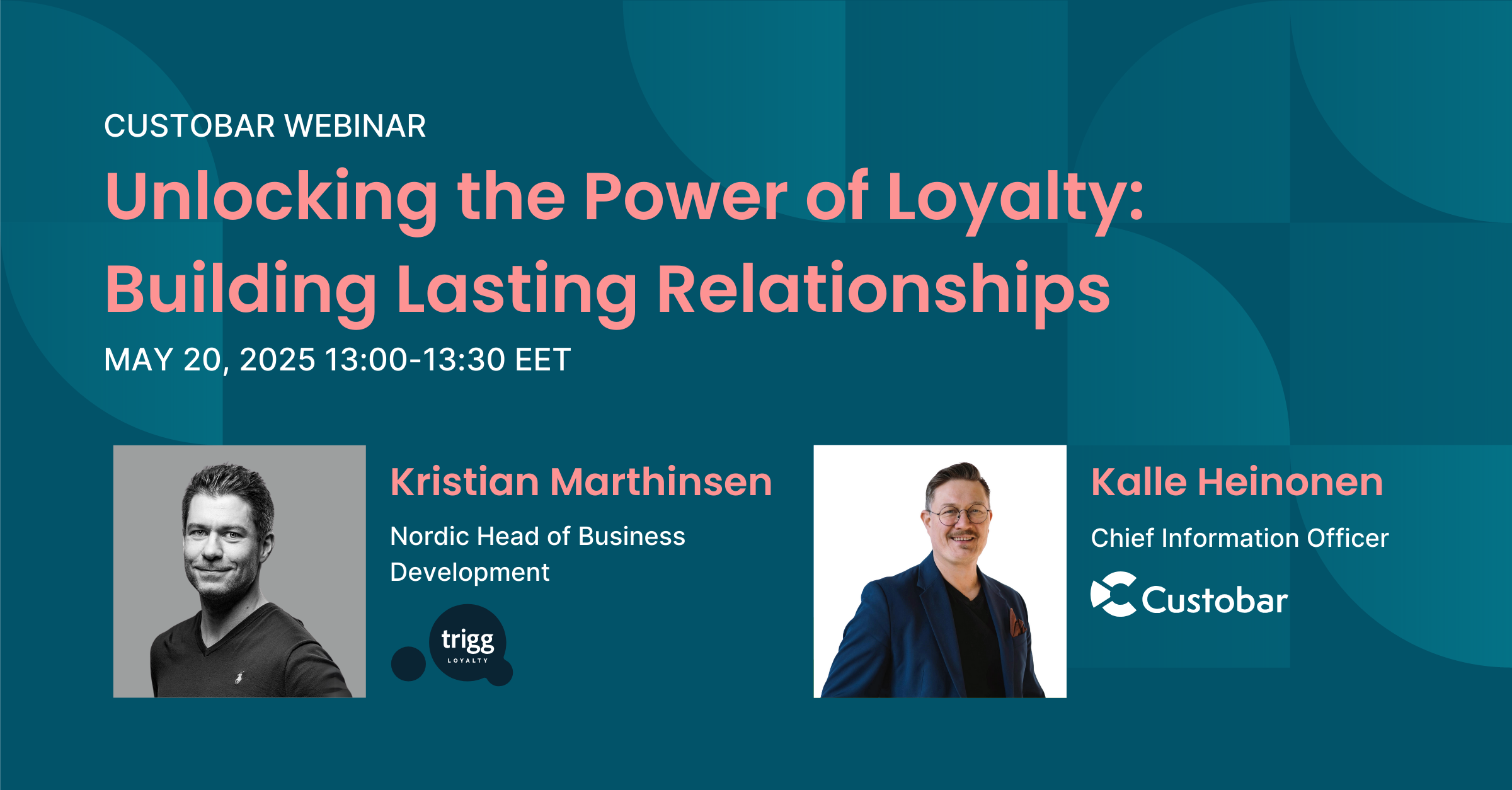
Unlocking the Power of Loyalty: Building Lasting Relationships
Join us for our exclusive upcoming webinar, featuring a special guest from Trigg Loyalty. Together, we'll explore how you can leverage the power of loyalty to drive growth and deliver real value for your brand.
Don't miss out on this chance to gain fresh insights and practical tools to supercharge your loyalty strategy!








